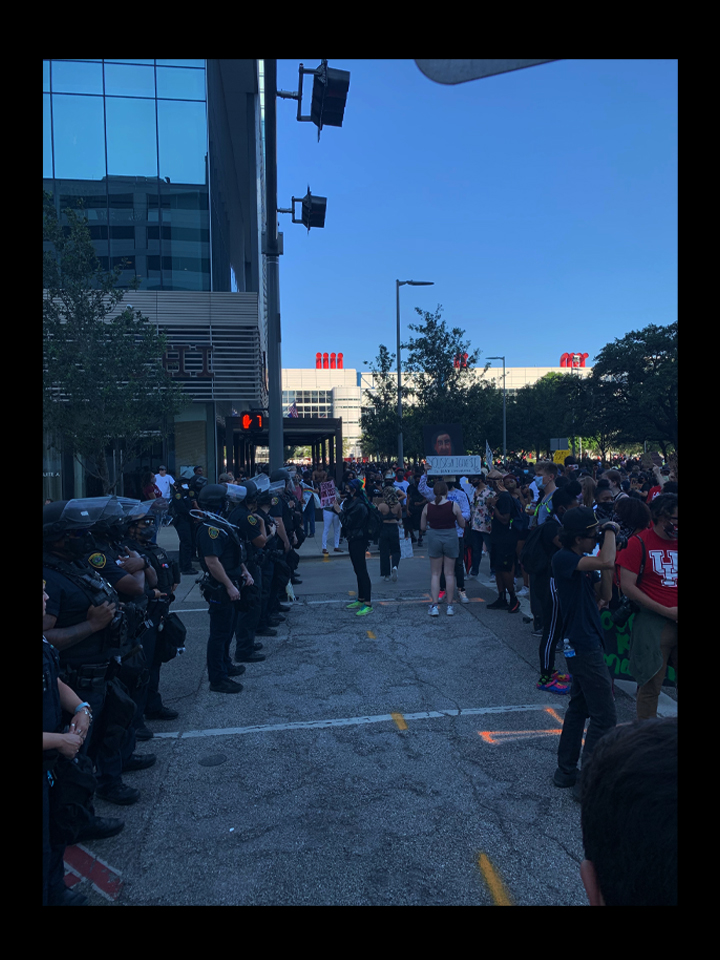Racial equality is the new normal for protesters in 2020
Protests are an outward or public display of disagreement. The Constitution’s First Amendment guarantees Americans “the right of the people peaceably to assemble.” Over the course of 2020 individuals in all 50 states continue to exercise their First Amendment rights to peacefully protest.
“The fact that like these protests were going on in every single state and they’re still going on and the news isn’t showing it because they want to make it seem like it was a one-time thing when it isn’t and it’s been happening,” said Mars Taylor, sophomore.
In order to better understand protesting and protesters, it is important to speak to a diverse group of individuals and discuss their experiences with protesting for racial equality.
While diverse in their identities, expressing a yearning to stand in solidarity and use their voices, many protestors feel the protests created a sense of togetherness.

“Being able to go to a protest…even when there is that level of danger of being arrested or being physically harmed or anything else, makes me realize that I am doing something important,” said Blair Carter, management major. “I am listening to the unfiltered voices of the people who been through these problems their whole lives … to be able to take those stories and bring them somewhere else and feel community in a group of people that understand the importance and the weight of current events.”
Protesting in America gives individuals the ability to speak out and dissent on polices and social issues. Protestors recommend safety precautions when attending a protest, rally, march or strike
Taylor prepared for the protests by making sure to protect their identity by covering up anything that can be used as an identification marker, especially the face. Carter and Taylor both emphasized the importance of placing cell phones on airplane mode before turning it off because of possible tracking abilities.
“So, it was going okay at first, and then directly after it ended, they tried to trap us downtown basically. There was teargassing, they had snipers on buildings in case something happened,” Taylor said about the June 2 march for George Floyd.
Carter said that it is also important to always critically think about the situations that you will be in and never let go of your discernment no matter where you go even if you agree with all of the other protestors.
For many of these individuals, this was not their first protest, rally, march or strike. However, it was the first time many attended a protest specifically for racial equality.
“Racism is a systematic issue— it’s not just an event that’s happening currently — it’s, unfortunately, been happening since before we were born,” said Summer Cooke, homeless services outreach case manager, on why now is a significant time to protest. “It’s an issue we have to get loud about, talk about, and process in order to shake the foundation for things to actually shift and change. We will see a lot of change, a ripple effect of change, once society begins to acknowledge how big this issue truly is.”
“This is, unfortunately, not going to end by simply protesting once. It is going to be a constant untangling, undoing, unlearning,” said Cooke.
Going ‘back to normal’ is not an option for some protestors.
“I think that we need to establish a new normal of social justice and a new normal of trying to care for the community more than we care about ourselves as individuals,” said Angie Montelongo, director of orientation and new student programs.
Montelongo added some ways to support racial equality beyond the protests, “Whether it’s writing to police departments and writing to senators and congress representatives you do what you can to bring awareness to the issue and try to impact what the positive change can be in all this.”

